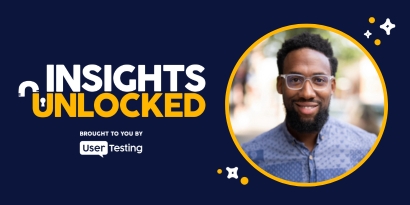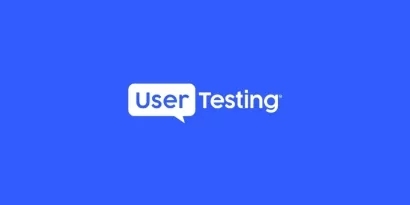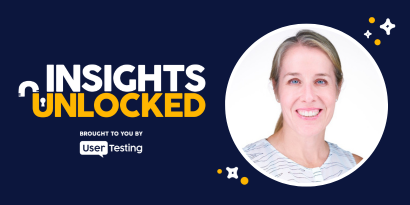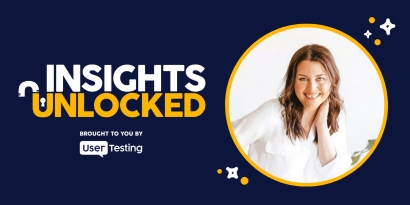
Episode 39 | May 09, 2022
Branded podcast advice from Bumper's Dan Misener
Discover how to create standout branded podcasts with Dan Misener. Learn strategies for audience growth, engagement, and podcast success.
The art of the branded podcast: Finding the sweet spot between storytelling and strategy
Ever feel like every company suddenly has a podcast—but only a few are actually worth your time?
That’s no accident. The difference between a forgettable branded podcast and one that builds lasting relationships lies in one thing: balance.
In this episode of Insights Unlocked, we talk with Dan Misener, formerly director of audience development at Pacific Content, to discuss the secret sauce behind compelling branded podcasts.
From aligning business goals with audience needs to the art of making a strong first impression, Dan shares actionable insights that challenge conventional wisdom and inspire creative thinking.
"If you only make a show about what a brand wants to say, you're rapidly approaching infomercial territory," he said.
Why branded podcasts are more relevant than ever
With millions of podcasts and tens of millions of episodes already in circulation, it’s easy to assume the podcasting ship has sailed. Not so, says Dan. "It's never been easier to make a mediocre podcast,” he said. “But never been harder—or more rewarding—to make a great one."
Branded podcasts, when done right, offer a unique lane in a content marketing strategy. Unlike ads or sponsored content, they can deepen brand relationships through thoughtful storytelling, expert interviews, and authentic conversations. It’s not about selling widgets next week—it’s about creating emotional resonance that builds loyalty over time.
ON-DEMAND WEBINAR
Tactical (and practical) tips to get fast feedback for better marketing
Balancing what brands want to say with what audiences want to hear
This is where Dan’s specialty—podcast audience development—comes in. His teams, whether at Pacific Content or now at Bumper, helps brands craft audio content that lives at the intersection of audience interest and business goals. And getting this balance right, he says, is both “art and science.”
"Striking the right balance is the art and the science. Tip too far into either side, and your podcast loses its impact," Dan said.
Too much focus on brand messaging turns a show into a thinly veiled ad. But if a podcast caters solely to the audience with no connection to the brand’s mission, “what’s the reason for the show existing?” he asks. The goal is alignment—not just attention.
The “only we” factor: What makes your podcast truly unique
In the sea of sameness, what sets your show apart? For Dan, it’s a concept he calls “only we”—a principle borrowed from the world of branding that asks: What is the show that only we can make?
Sometimes it’s access to unique guests, proprietary research, or a niche perspective. Sometimes it’s the way you tell stories. Dan illustrates this with an example from Mozilla, makers of the Firefox browser. Their podcast, IRL, covers internet health—an area Mozilla has both expertise and passion for. But more uniquely, they promoted the show directly in Firefox’s home page, reaching both podcast fans and new listeners in one swoop.
This type of "only we" approach ensures authenticity, helping brands build credibility and thought leadership in areas they’re genuinely qualified to speak on.
Discovery is visual first, audio second
One of the most surprising takeaways from this episode? “People consume podcasts with their eyes long before they ever listen to a single second of audio,” Dan says. This is where podcast packaging—the non-audio elements like artwork, episode titles, and show descriptions—play a critical role.
"The greatest show in the world with the worst product packaging doesn't stand a chance," he said.
Discovery often happens via YouTube searches, recommendations from other podcasts, or word-of-mouth. Visual appeal and clear messaging help listeners decide whether a show is worth their time. It’s your first impression, and just like dating profiles or book covers, that impression often decides the fate of a potential relationship.
Pro tips for podcast product packaging:
- Invest in clear, branded artwork
- Optimize show titles and descriptions with SEO-friendly keywords
- Ensure metadata (like author and category fields) is filled out
- Use transcripts to boost discoverability in search
Don’t default to “rate and review”—ask for something better
Podcast listeners are notorious for not leaving reviews—and the episode’s listener interviews prove it. Despite nearly every host asking for them, few people actually do it. And as Dan explains, the assumption that ratings and reviews directly impact podcast rankings is largely a myth.
“Apple themselves have said ratings and reviews do not directly factor into chart rankings,” he notes. “They’re useful as social proof, not as a growth hack.”
So what should you ask for instead? Mix it up. Try:
- Asking listeners to share the episode with a friend
- Directing them to your website for deeper engagement
- Inviting feedback via email to start a conversation
- Promoting a related blog, video, or report
Changing up your call to action (CTA) can increase engagement by appealing to different listener behaviors and preferences.
The retention advantage: Why podcasting beats other content formats
In the fast-scroll world of TikToks and Instagram Reels, podcasts stand out for one powerful metric: time spent listening.
Dan shares that many of his clients see retention rates of 80–95%, especially for well-produced 30- to 45-minute episodes. That’s nearly unheard of in video or text formats.
If you're looking to build an ongoing, opt-in relationship with your audience, a great podcast is one of the few content vehicles that delivers high engagement over extended periods of time.
Think beyond the episode: Build an ecosystem
A successful branded podcast doesn’t exist in a vacuum. It should integrate seamlessly with your broader content and marketing strategy. Consider:
- Embedding episodes in blog posts (like this one!)
- Creating short video snippets for social media
- Featuring guest quotes in newsletters or eBooks
- Using episode topics to inspire webinars or live events
The idea is to repurpose your podcast content across multiple touchpoints, making it easier for different audience segments to engage in ways they prefer.
It’s not too late—but it has to be great
Despite the crowded podcast landscape, Dan encourages brands not to be discouraged. “Nobody’s saying we should stop making music just because there’s already enough music out there,” he quips.
The podcasting medium still offers immense opportunity for brands that prioritize quality, creativity, and audience-first thinking.
With strong product packaging, an “only we” identity, and the right mix of content and distribution strategies, branded podcasts can become a cornerstone of meaningful customer engagement.
“If you can make a show that adds value to people’s lives—and fits into their lives in a habitual way—that is incredibly powerful,” Dan said.
